Review:The baptism of the Holy Spirit (An astray sheep)
Jesus said, "The kingdom is like a shepherd who had a hundred sheep. One of them, the largest, went astray. He left the ninety-nine and looked for the one until he found it. After he had toiled, he said to the sheep, 'I love you more than the ninety-nine.'" (Thomas 107) Gematria of "The Baptism of the Holy Spirit"
The essence of the Baptism of the Holy Spirit taught by Jesus was transmitted to India, Tibet, and China by Thomas immediately after Jesus' death, and was established as the doctrine of 'Three-One mysterious substance (三一妙身).' Then, it not only became a central concept of Christian theology in Jingjiao (景教: Luminous Religion) and the Eastern Church, but even affected Zen Buddhism, which regards the spiritual rebirth (再活現成) as one of its fundamental tenets, and Maitreya Faith (弥勒信仰), or Shingon Esoteric Buddhism (真言密教), and appears to have blossomed as Japanese cultures such as Cha-no-yu (茶の湯tea ceremony) and Ikebana (活花the Japanese art of flower arrangement). According to the Gospel of Thomas, recognition of the original self as 'the children of the light' or 'the children of Father' is the realization of the Kingdom of God and it is the essence of 'the baptism of the Holy Spirit.'
According to Protestant Bible commentator Mr. Arimasa Kubo (久保有政), who was the first pastor of the Ikebukuro-Nishi Church, The United Church of Christ in Japan, Gematria of 'the children of the light' or 'the children of Father' seems to be '153.' "Gematria" is a study that converts each Hebrew or Greek alphabet into a number and examines its meaning. For example, if you convert each of the alphabets of the Hebrew word "בני האלוהים", which can be translated as 'the children of God' in The book of Job Chapter 2 verse 1 of the Old Testament, and add those numbers. Then it will become "153 (40+10+5+30+1+5+10+50+2=153)." By the way, Hebrew is read from right to left.
'153' is also the number obtained by adding all integers from 1 to 17.
1+2+3+4+5+6+7+8+9+10+11+12+13+14+15+16+17=153.
Such a number is called a 'triangle number.' The triangle numbers starts from 1 and continues to 3(1+2), 6(1+2+3), 10(1+2+3+4), and so on, and '153' is the 17th 'triangle number.' In the bowling game, there are one pin in the first row, 2 pins in the 2nd row, 3 pins in the 3rd row, 4 pins in the 4th row, and 10 pins in total, and form a triangle. Behind this, if 5 pins are arranged in the 5th row and 6 pins are arranged in the 6th row, the totals are 15 pins and 21 pins respectively, but the whole shape is always a triangle.
'153' is not only a very special triangle number, but also a very special number among all numbers. For example, when multiplying consecutive integers, such as 1 2 3 4, in mathematics, this is written as '4!.'
See the series of calculated values below.
1!=1×1 = 1
2!=1×2 = 2
3!=1×2×3 = 6
4!=1×2×3×4 = 24
5!=1×2×3×4×5=120
The total of these is 1!+2!+3!+4!+5!=153.
'351,' which is an upside down reading of '153,' is also the 26th triangle number.
If you cube the numerical values '1,' '5,' and '3' of each digit of '153' and add those numbers as follows;
153 → (the cube root of 1) + (the cube root of 5) + (the cube root of 3)
=(1×1×1)+(5×5×5)+(3×3×3)
=1+125+27
=153
Then it will return to the original '153.'
Thus, it can be seen that '153' is a very rare number.
God and cube
Mr. Kubo calls the work to cube the numerical values of each digit of a certain number and then to sum up those values as 'cubicization (立方体化).' According to him, as can be seen from the fact that the tabernacle's sanctuary was a cube, the cube is an important divine symbol, and the work of raising 'a number' to the third power is involved in it.
Actually, as long as it is a number that can be divided by 3, no matter what the number, it will always result in '153' after the work of 'cubicization.'
At Chapter 21 verse 11 of the Gospel of John, it is written as follows; Simon Peter climbed aboard and dragged the net ashore. It was full of large fish, 153, but even with so many the net was not torn. It says that the author of the Gospel have shown the number of people ultimately saved, based on Gematria.
At the chapter 13 verses 8-9 of the Old Testament Book of Zechariah states as follows.
"It will come about in all the land," Declares the Lord, "Two parts in it will be cut off and perish, But the third will be left alive. "And I will bring the third part through the fire, Refine them as silver is refined, And test them as gold is tested. They will call on My name, And I will listen and answer them; I will say, 'They are My people,' And they will say, 'The Lord is my God.'" It prophesies that eventually, only one-third of all mankind will be saved, and the other two-thirds will perish in their sins because they refuse faith in God.
Gematria of Trinity
According to Mr. Kubo, in theology, God is called the first person of the Trinity, the Christ of the Son of God is called the second person and the Spirit is called the third person. Based on the book "Systematic Theology" by a Calvinist theologian Henry Clarence Thiessen (1883-1947), the Son is from the Father, and the Spirit is from the Father and the Son. The numbers 1, 2, and 3 represent such ranks or sequence but do not mean that there is a difference in ability or essence. But even so, it does not mean that there is no distinction among the three. Henry Seesen said, "The Trinity means there are three eternal distinctions known as the Father, the Son and the Holy Spirit in the essence of one God."
The first person 'God' The number that symbolizes God the Father, the first person of the Trinity, is one. God is the only one. All things come from God, are made by God, and are attributed to God. The cube of 1 is 1 and God is the perfect one.
The second person 'The Son' The number of the second person, that is, the Christ of the Son of God, is 2 and 2 to the power of 3 is 8 (2 x 2 x 2 = 8). Gematria of Ιησούς, that is, the Greek word for Jesus, is 888. (10+8+200+70+400+200=888) 888 is also divisible by 3. So after the work to cube the numerical values of each digit of '888' and sum up those values, it will end up in 153. Furthermore, the Greek words 'Lord,' 'Christ,' 'Savior,' 'Son,' 'Son of man' and 'divinity' are all multiples of eight, as follows.
'Lord' Κυριοs
20+400+100+10+70+200=800
=8×100
=8+8+・・・・+8
'Christ' Χριστοs
600+100+10+200+300+70+200
'Savior' Σωτηρ
200+800+300+8+100=1408
=8×176
=8+8+・・・・+8
=1480
=8×185
=8+8+・・・・+8
'Son' Υιοs
400+10+70+200=680
=8×85
=8+8+・・・・+8
Therefore, the "8" symbolizes Jesus himself and his salvation.
The third person 'The Holy Spirit' The number of the third person is 3 and 3 to the power of 3 is 27 (3 x 3 x 3 = 27). Gematria of Το Αγιον Πνευμα, that is, the Greek word for the Holy Spirit, is 1080, which is a multiple of "27."
300+70+1+3+10+70+50+80+50+5+400+40+1
=1080
=27×40
The Holy Spirit is often compared to the 'breath' in the Bible. The average number of breaths that humans make for one hour is said to be '1080.' 1080 is also divisible by 3. So after the work to cube the numerical values of each digit of '1080' and sum up those values, it will end up in 153.
3 persons of Trinity are distinct but inseparable
Then, the 'first,' 'second' and 'third' persons of 'Trinity,' that is, 1, 2 and 3, are the numbers that symbolize 'God,' 'Son' and 'Holy Spirit,' respectively.
1 to the power of 3 = 1 (The symbol number of the Father)
2 to the power of 3 = 8 (The symbol number of the Son)
3 to the power of 3 = 27(The symbol number of the Holy Spirit)
The sum of these three numbers '36 (1 8 27)' is also the eighth 'triangle number (1+2+3+ 4+5+6+7+8=36).' The "36" symbolizes the God of Trinity, which is a combination of the first, second, and third persons.
Furthermore, '36' is the sum of the cubes of the three persons of Trinity, 36 = (1 to the power of 3) + (2 to the power of 3) + (3 to the power of 3), still the work of raising 'a number' to the third power is made. The cubic volume is obtained by cubing the length of one side. Even if its length, width and height are different, they can never be separated. Similarly, the Trinity God consists of the Father, the Son, and the Spirit, which are distinct from each other, but inseparable.
Hexagram
It seems in the Middle Ages that a hexagonal star (六芒星Hexagram), a type of star-shaped polygon in which six line segments intersect, began to be used as a symbol of Judaism and Jewish identity as 'Star of David.' However, its religious usage began earlier, with the current earliest archeological evidence being a stone bearing the shield from the arch of a 3 – 4th century synagogue in the Galilee. (Wikipedia)
According to Mr. Kubo, when arranging small triangles to form the Star of David, the smallest one needs 13 triangles. Mathematically, one is the first hexagram number, thirteen is the second hexagram number, the third is 37, the fourth is 73, and so on. Of these, the third hexagram number '37' has a particularly important symbolic meaning.
This is because the Gematria of the Greek words, Ιησουs (Jesus), Χριστοs (Christ), Θεοτηs (divinity), Τω Κυριω Χριστω (The Lord Christ), Τη Υιου Του Θεου (The Son of God) and Υιοs Του Ανθρωπου (The Son of man) are 888, 1480, 592, 4440, 2442 and 2960 respectively, and they are all multiple of '37.'
Not only that, but also in the parts of the Greek version of the New Testament Gospels that describe the end of Christ on the cross, their Gematrias are also a multiple of '37.'
For example, the Gospel of Matthew 27:50 "Αφηκε το πνευμα(1480: he gave up his spirit)," the Gospel of Mark 15:37 "Ιησουs αφειs φωνην μεγαλην εξεπνευ(3959: With a loud cry, Jesus breathed his last.)" and the Gospel of John 19:30 "Παρεδωκε το πνευμα(1961: gave up his spirit)" are said to be a multiple of '37.'
From this, it can be seen that the New Testament (canonical) was written in Greek from the beginning. It also can be seen that the authors of the Gospels had considerable knowledge of hexagram number and Greek Gematria, and that they incorporated Gematria into their Gospels using such knowledges.
Role of Ephraim and Manasseh
The hexagram is a symbolic image of Gematria which unleashes the mystery hidden behind the Old and New Testaments. In this sense, I Ching (易経), a book of ancient Chinese horoscope which is consisting of 64 types of hexagrams in each of them having two types of horizontal lines, that is, yang (陽represented by a straight line−) and yin (陰represented by a broken line --) are vertically stacked, seems to be a type of Gematria that solves the mystery hidden behind Astronomy and human affairs. These two types of horizontal lines are called Yao (爻), and the 64 types of hexagrams are called Gua (卦).
"I Ching" is a book of words of augury (卜辞) accumulated from the age of Yin (殷) era and compiled in the Zhou (周) Dynasty. Wang Bi (王弼 226-249), a great thinker of the Xuanxue (玄学: Dark Learning, Mysterious Learning or Profound Learning) during the Wei, Jin, and Southern and Northern Dynasties (魏晋南北朝) era, said that the hexagram (卦)'s meaning lies in identifying the general principle (li理) behind all particular objects (shi事).
Daqin Jingjiao Popular Chinese Monument (大秦景教流行中国碑: Nestorian Stele) says, "Our eternal true lord Allah (阿羅訶歟), Three-One mysterious substance (三一妙身), appointed the cross as the means for determining the four cardinal points, he moved the original spirit, and produced the two principles of nature," and declares that 'Three-One mysterious substance' as the substance of Allah (Yahweh). While, Laozi (老子), a Chinese thinker in Spring and Autumn period (BC770-BC500), comments on cosmogony and says, "'The way' produces One. One produces Two. Two produces Three. Three produces all things. All things are carrying 'yin (陰)' and holding 'yang (陽).' These two are harmonized by the mediating breath (沖気). (Tao Te Ching chapter 42: 道徳経42章)." Wang Bi based on I Ching (易経) explains, "One underlies and unites all phenomena. The principle is discoverable in one of the six lines of a hexagram, so that the other five become secondary. These principles constitute the fiber of the One."
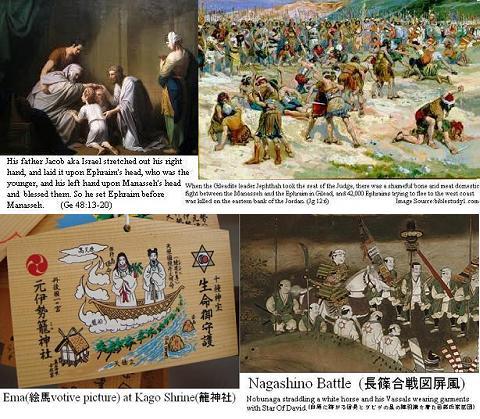
Six-pointed stars are not only seen in Judaism and Christianity, but they also have been found in cosmological diagrams in Hinduism, Buddhism, and Jainism. The English version of Wikipedia points out that they may have a common origin. For Gematria, it originated as an Assyro-Babylonian-Greek system of alphanumeric code or cipher that was later adopted into Jewish culture.
The nomadic tribes Manasseh and Ephraim which have the Y chromosome gene D, which is characteristic of the Qiang (羌) tribe that founded Qin Dynasty, the first Chinese empire, the Jomon people (縄文人), indigenous people of the Japanese archipelago, and Tibetans, possibly brought the iconography of the six-pointed star in India and the idea of the hexagram in China to Mesopotamia and contributed to the birth of Gematria. On the other hand, in the 3rd to 4th centuries, the earliest iconic six-pointed star was engraved in the Galilee synagogue and coincidently the Ephraim and Manasseh tribes came in large numbers to the Japanese archipelago where Yamato kingdom (大和王権) was just being established. So it may be traced back to this period that the hexagramr was introduced to Japan.
An astray sheep
Jesus said, "The kingdom is like a shepherd who had a hundred sheep. One of them, the largest, went astray. He left the ninety-nine and looked for the one until he found it. After he had toiled, he said to the sheep, 'I love you more than the ninety-nine.'" (Thomas 107) The parable of 'An astray sheep' described at the verse 107 in the Gospel of Thomas is parallel to the Gospel of Matthew 18:12-14 and the Gospel of Luke 15:4-7 but does not exist in the Gospel of Mark. Thus its original source is Q source. Incidentally Q source is part of the common material found in the Gospels of Matthew and Luke but not in the Gospel of Mark. Q source was hypothesized by 1900, and is one of the foundations of most modern gospel scholarship.
According to Mr. Sasagu Arai, author of the Japanese version of 《The Gospel of Thomas》, the old lore remains in verse 4 of 《the Gospel of Luke》 rather than verse 12 of 《the Gospel of Matthew》, Verse 13 of 《the Gospel of Matthew》 is close to the Q source. Verse 5-6 of 《the Gospel of Luke》 is a rewriting of the Q source by Luke. Both 《the Gospel of Matthew》 verse 14 and 《the Gospel of Luke》 verse 7 are edited phrases by Matthew and Luke. On the other hand, as for the verse 107 of 《the Gospel of Thomas》, the edited phrases of 《the Gospel of Matthew》 and 《the Gospel of Luke》 have been removed, and the archetype of the Q source has been preserved as a whole.
In 《the Gospel of Thomas》, the whole story is the metaphor of 'The Kingdom.' Since the comparison point of the story is 'Shepherd,' there is a tendency for the 'humanology theorization' of the story, which is characteristic of 《the Gospel of Thomas》. Because the astray sheep is declared the largest sheep, it suggests the original Self of a man. which should be saved, same as in verses 20, 76 and 96 of 《the Gospel of Thomas》. The word 'after he had toiled' implies Jesus' suffering. "I love you more than the ninety-nine," this is because it is indispensable one for one hundred.
Interpreting this in the light of overall theme of 《the Gospel of Thomas》, that is, the view of humanology and salvation, the original Self (the largest sheep), which originally belonged to the Kingdom, that is, primitive human existence, has gone astray into non-original ones, primitive human existence, especially the one embodying the original self (the shepherd) searched for it and tried to find it. In this case, the one embodying the original self appears to point directly to Jesus, but it is essentially a human matter.
If the ninety-nine sheep belong to the primitive existence (the Kingdom), the parables of 《the Gospel of Thomas》 verse 107 and 《the Gospel of Matthew》 chapter 18 verse 12-14 look almost same meaning. It is considered that 100 sheep should belong to the primitive existence (the Kingdom) in 《the Gospel of Thomas》and they should belong to the church community in 《the Gospel of Matthew》, to that extent, the paradox of 'one is more important than ninety-nine' does not hold for both parables. However, in 《the Gospel of Thomas》, one, that can complete one hundred, is loved more than ninety-nine, that is missing one, and one itself is not the object of love.
This point is clearly pointed out by the interpretation of the astray sheep of 《The Gospel of Truth (Evangelium Veritats)》, which was included in the Nag Hamadi Texts along with 《The Gospel of Thomas》. In ancient times, there was a custom of counting with the left hand until '99' and counting with the right hand for 'more than one hundred.' The left hand meant 'incomplete' and the right hand meant 'perfect.' Therefore, the last 'one' belongs to the great right hand, and the 'hundred' represents the Father. Irenaeus (130-202) mentions that the Valentino Gnostic Marcosians had this kind of interpretation in his book, 'Adversus haereses (Against Heresies).' In any case,《 the Gospel of Thomas》 adds the phrase 'the largest sheep' to the parable of 'The astray Sheep' and uses this as the motive for the shepherd's hardship, and finally let Jesus himself say, "I love you more than the ninety-nine," and, in this way, portrays the image of Jesus as a "soul-savior" that restores the human true Self.
<To be continued>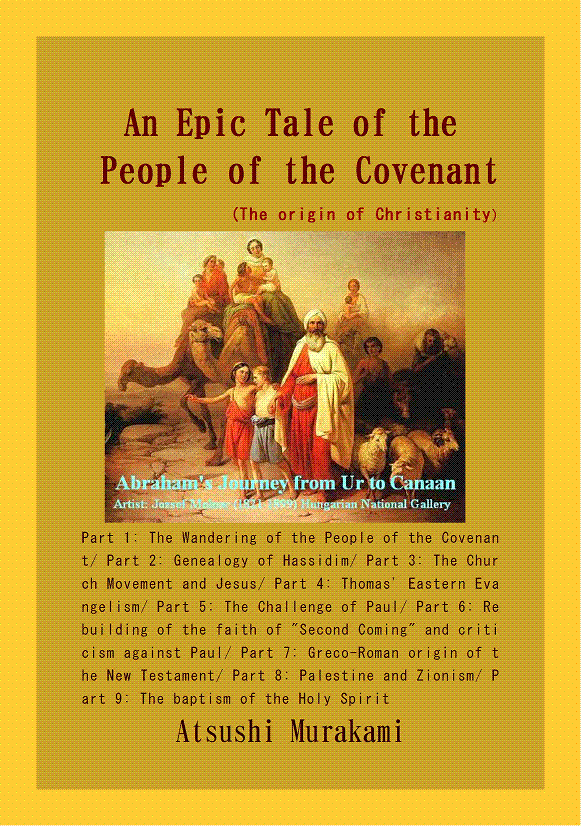
What is "Baptism with The Holy Spirit"?
According to the dialectic of the Gospel of John,
【Thesis】"A man can possess eternal life through accepting testimony of the Son of man and being baptized by him." (John 5:24)
【Anti-thesis】But "The one who comes from the earth cannot accept the testimony by one from heaven." (John 3:32)
How then can a man possess eternal life?
【Synthesis】"If you want to be baptized with the Holy Spirit, you can just go back to the word which was with God in the beginning (John 1:1) and certify that God is truthful. (John 3:33)"
When he said, "You are Huichao," Zen Master Fayan thrusted vivid Self in Huichao in front of his eyes.
Purchase here One world:AD-SEAnews
Your Comments / Unsubscribe
SEAnews Messenger
SEAnewsFacebook
SEAnews eBookstore
SEAnews world circulation
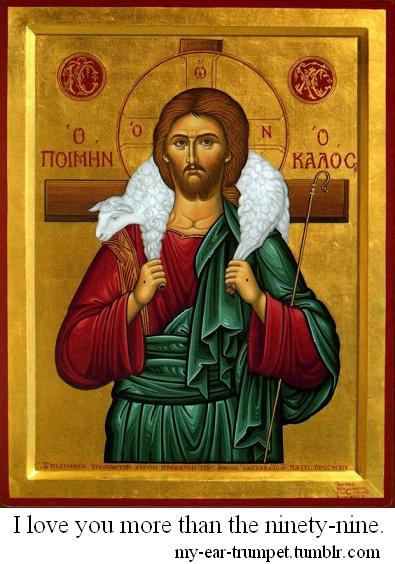
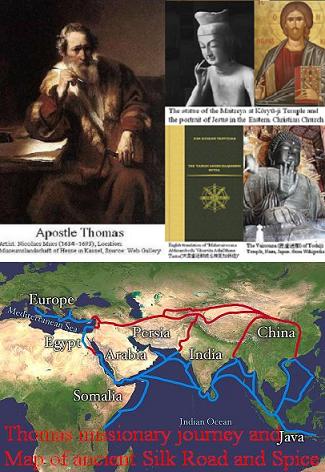
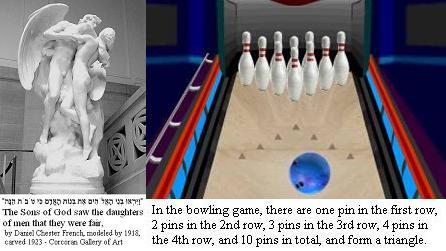
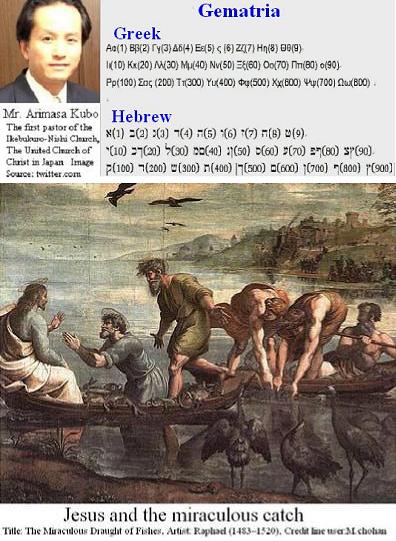
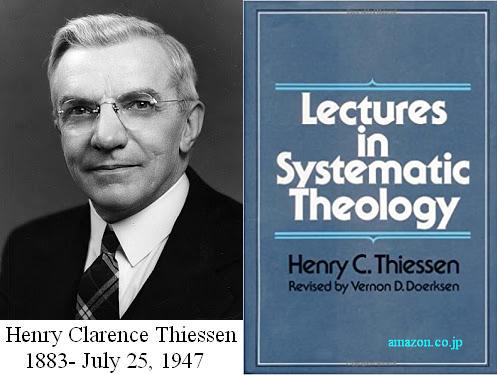
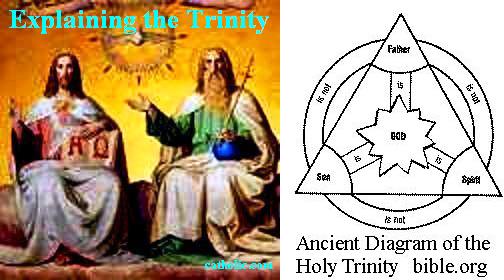
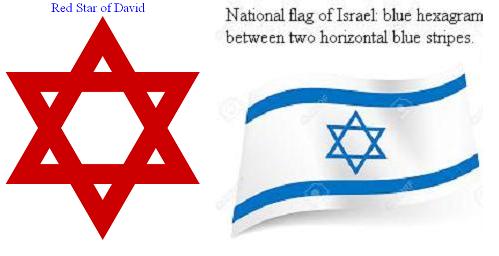
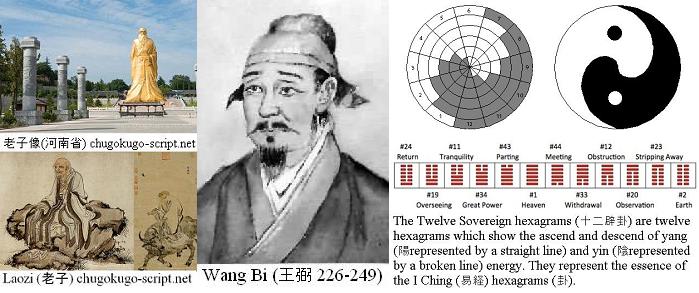

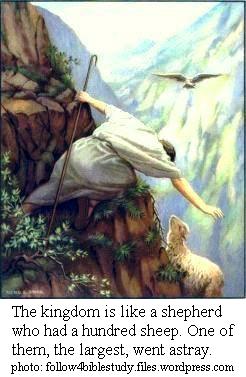


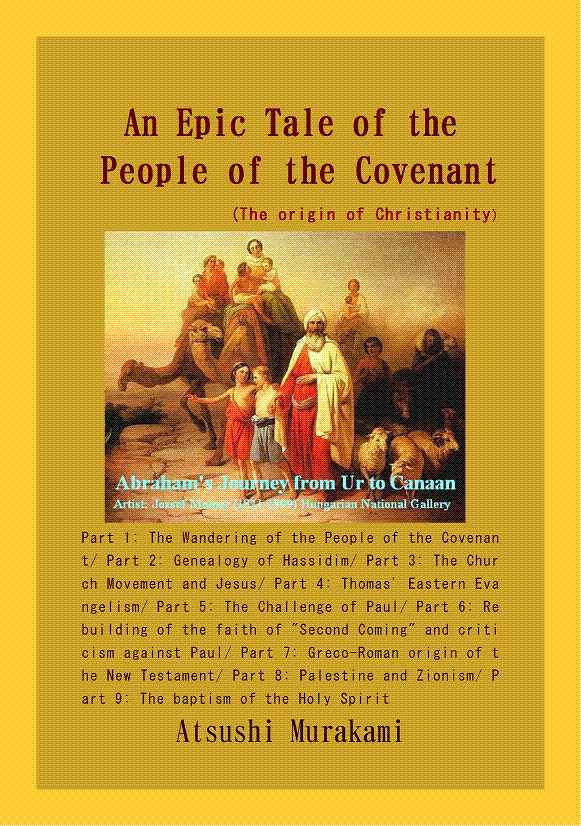
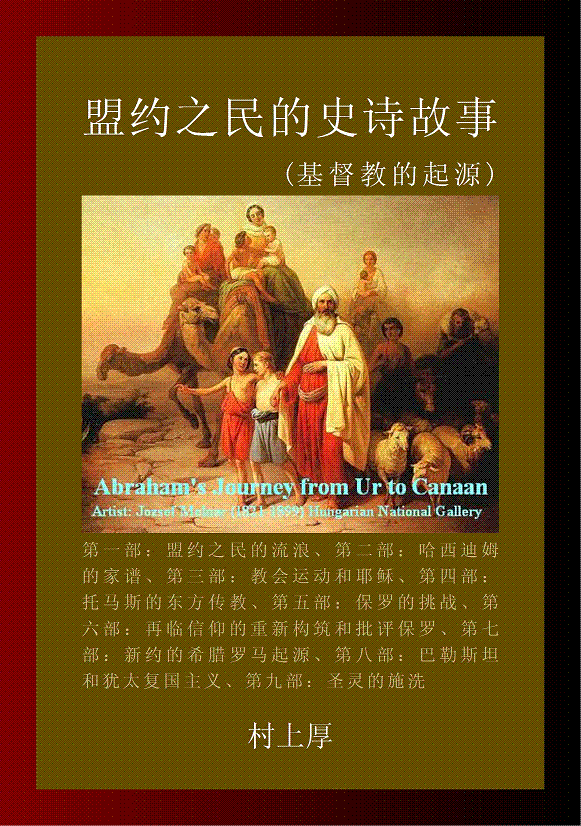
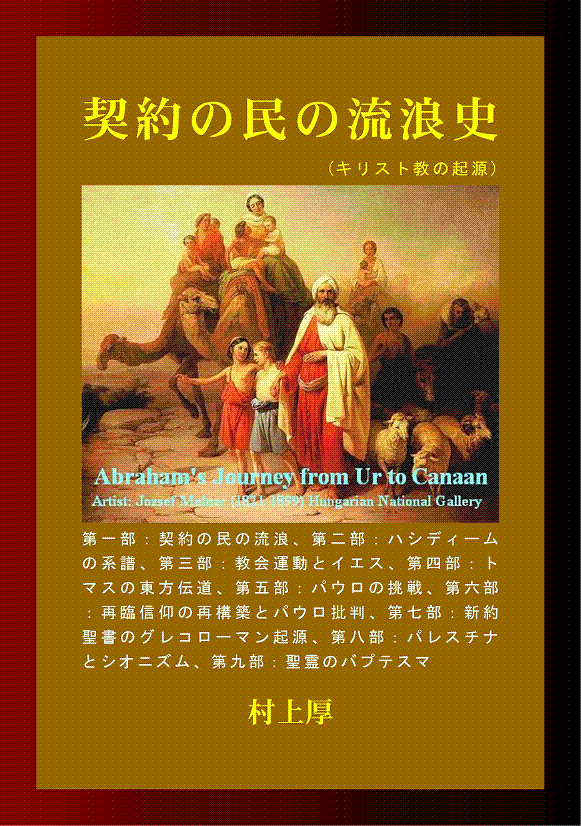

No comments:
Post a Comment